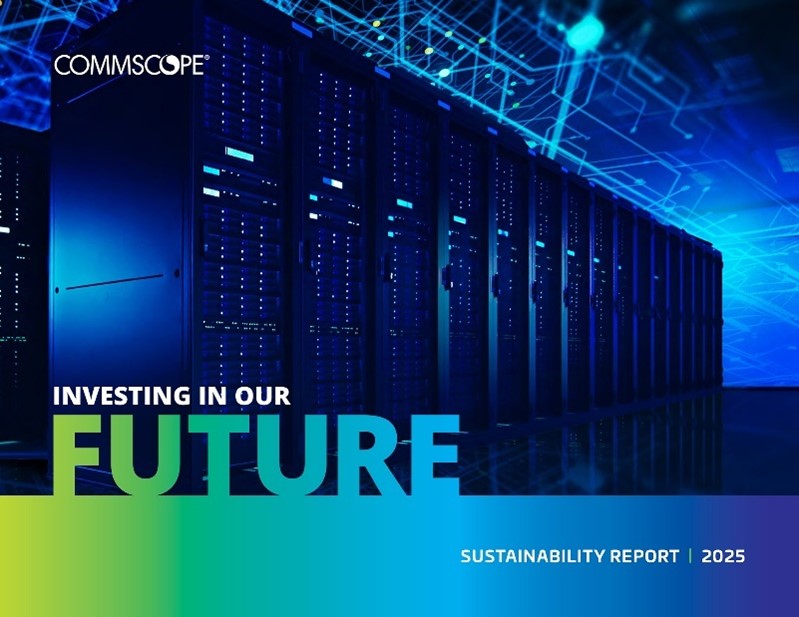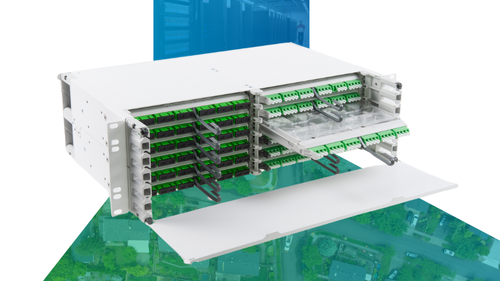 I am often asked what the term ”purpose-built” data center means to CommScope, why it is important, and how our approach is different. With purpose-built at the heart of our new Data Center on Demand offering, these questions deserve attention.
I am often asked what the term ”purpose-built” data center means to CommScope, why it is important, and how our approach is different. With purpose-built at the heart of our new Data Center on Demand offering, these questions deserve attention.
A CommScope purpose-built data center combines highly efficient cooling technology, pre-engineering, modular manufacturing, design flexibility and inherent expandability with traditional data center design and build philosophies, infrastructure components, practices and procedures. In essence, a purpose-built data center is a data center based on your business requirements, accounting for your needs today— those known, those arising unexpectedly and those forecasted in the future.
Modular innovation coupled with traditional components and historical best practices is important because every company, institution or governmental entity seeking to deploy data center capacity has a different set of requirements. The best match is often a combination of varying elements from each functional area. Many of these same capacity requirements cross multiple borders resulting in an urgent need to offer solutions born from the same underlying design but capable of adapting to local, governmental and environmental differences.
Examples of real world global capacity needs I recently experienced include:
- An enterprise company seeking a large data center with minimal needs today but forecasted growth over some undetermined time
- A hosting company seeking to build global facilities while minimizing initial capital investment with a need for expandability, varying rack power loads and tier levels mixed together
- A cloud provider, cable and mobile operator all seeking smaller distributed computing solutions with a mix of AC and DC power spread across multiple locations and geographies, each requiring varying levels of redundancy
- A government agency seeking to expand multiple existing facilities in order to capitalize on stranded space and power
- Numerous financial and enterprise companies with internal design and build histories seeking to retain control of design while simultaneously requiring the end solution be modular
- A mining company with the need for low capacity within the pits of multiple geographically diverse mines
- A logistics firm with the need for varying capacity within numerous global distribution warehouses
- A global hospitality chain with limited space, needing a small solution for the roof of numerous global hotels
- A mobile operator with a mix of high AC and low DC powered racks deployed at the bottom of every cell tower
- A military application in a combat zone, requiring more operational working space than a shipping container
- Numerous financial and enterprise companies with internal design and build histories seeking to retain control of design while simultaneously requiring the end solution be modular
- Transnational companies requiring modular solutions for sub-freezing, high humidity and sand storm prone environments
- Cloud storage providers seeking modular solutions deployed along railway lines and within parking garages, and retail spaces
The theme across all of these examples is the need to maximize efficiency, reduce cost, retain flexibility and expandability, future proof IT and infrastructure components and ensure design consistency across multiple regions based on a set of pre-determined business requirements. Each of these needs requires a solution built for a specific purpose that capitalizes on some form of traditional infrastructure mixed with a modular solution.
Addressing this wide ranging variability in global capacity demand with a traditional data center design would result in an owner or tenant not benefitting from the efficiency and flexibility inherent in a modular solution. Addressing this same demand with a modular solution alone would also pose a challenge, as doing so may require the same owner or tenant to change business models or compromise to fit within the confines of a design based on someone else's requirements. Purchasing them both to address differing needs poses challenges inherent in managing multiple solutions with different infrastructure, operational, and procurement requirements.
To determine the best solution among options for a particular purpose or geography, a purchaser must often tread through unknown territory to compare and contrast differing solutions. So often, I witnessed well-meaning data center engineering teams and purchasing departments attempt to use standard data center criteria to evaluate traditional design versus modular strengths, weaknesses, and performance. Based on experience as the purchaser and sitting across the table, I witnessed these apples to oranges comparisons often lead to time consuming confusion resulting in compromises to requirements that rarely benefited the purchaser.
Data Center on Demand brings clarity to the confusion by simply asking the question: "What are your requirements?” One key differentiator between the Data Center on Demand purpose-built data center solution and others based on modularity is that our data centers are designed, configured, and built based on customer requirements, just like the good old days, making compromise a thing of the past. Why should you change your business model to fit within a particular box? Why should you compromise requirements in order to reap the proven benefits of a modular solution? Why should you be limited in where you can deploy capacity? Why not have the best of both worlds—a purpose-built data center based on your requirements that affords both modular and traditional data center benefits?
I welcome your feedback; please feel free to use the comment section below.






